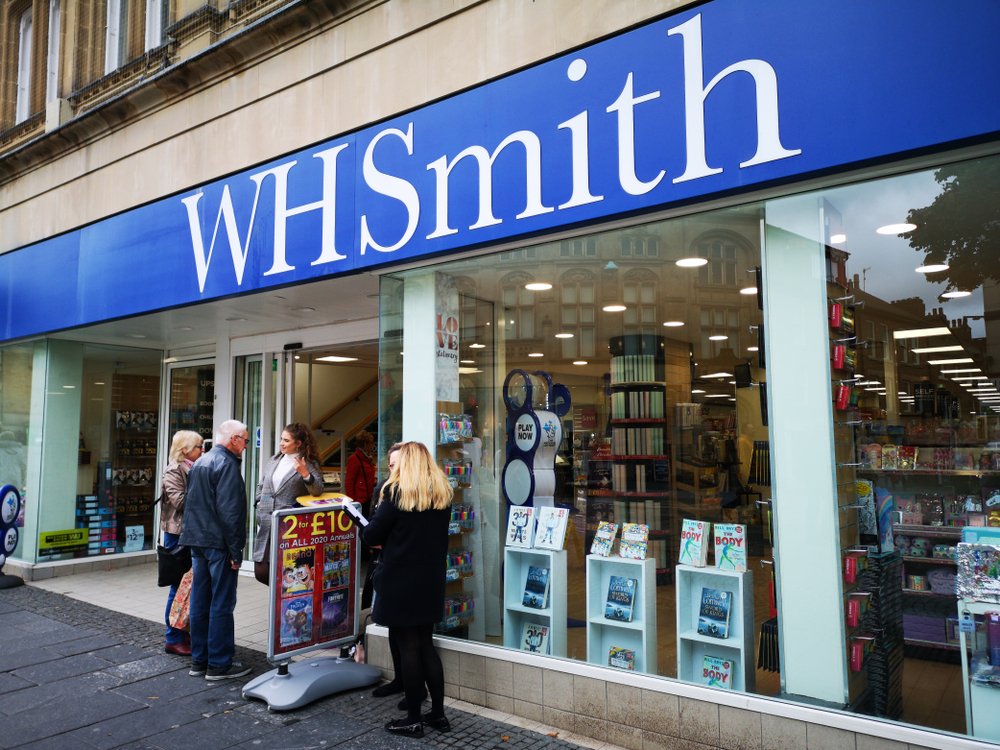This tracker was launched to ensure that figures are a true reflection of the overall performance in shopping centres; how has the high street footfall tracker been received by retailers and how has this helped to pinpoint popular and sales-driving initiatives?
Perform was launched not only to look at shopping centres but, in equal measure, the high street. The major difference between the two is that with the high street we are starting with a blank sheet because, unlike with shopping centre occupants who have to provide key metrics to the centre management, there is no obligation for high street occupants to provide any data.
Perform is hugely beneficial to high street retailers. For those stores not in a big network it‘s the only metric available to them to measure their performance full stop. For bigger retailers they can measure the metrics of each store against their own high street to measure location-based performance.
The tracker hopes to attract new occupiers to empty outlets; do you imagine that today‘s move from the BRC which will see the group launch free small business retail leases to attract new retailers will prove beneficial to the high street and why? Inevitably if the leasing process is simplified it will be good for small businesses, who have less resource in terms of legal support to help them through the process. Hopefully this new initiative will – and should – encourage increased occupation of high street units.
Presumably, this data will unveil which retailers are failing as well as draw attention to benefits for potential investors. What do you think retailers can do to improve footfall rates without damaging their margin?
All the data collected by Perform is confidential in the sense it is only shared with the shopping centre or town centre management/BID team who commission the service. This isn‘t about drawing attention to failing retailers but about helping retailers identify and track what‘s working and what‘s not, as well as giving them a sense of the overall health of their high street and how they stand up against other retailers there.
In terms of increasing footfall rate, we‘re seeing town centres supporting retailers to help drive numbers without retailers damaging their profit margin. They‘ve done this by focusing on positive footfall driving initiatives such as market days, parking reduction initiatives and pop-up shops, all which give visitors a value-added experience.
Is this a useful tool for smaller independent retailers or mainly well-known stores and what can independent stores do to track performance?
Perform is a hugely useful tool for small independent retailers. It‘s the only metric they have to measure performance of their own and their high street‘s performance. To track their own performance effectively, independent stores need to have a rigorous method of collecting metrics – so tracking footfall into their store, number and value of transactions, rate of stock turnover etc. But crucially they also need to reach out beyond their own front doors and engage with town centre/BID managers and other stores to ensure they are maximising all the opportunities available to them.

















